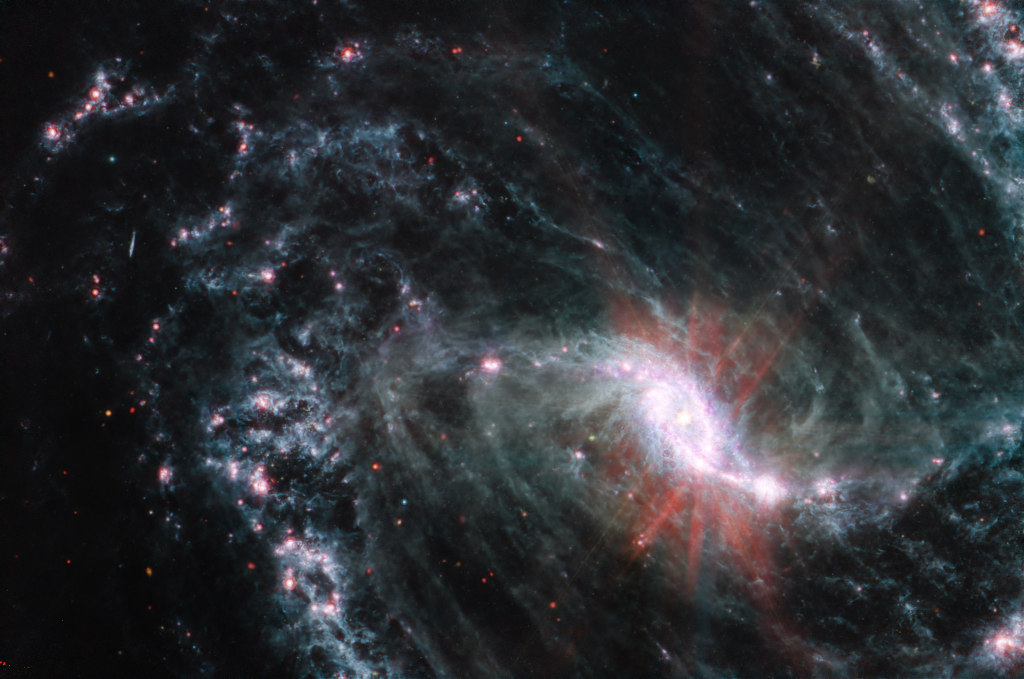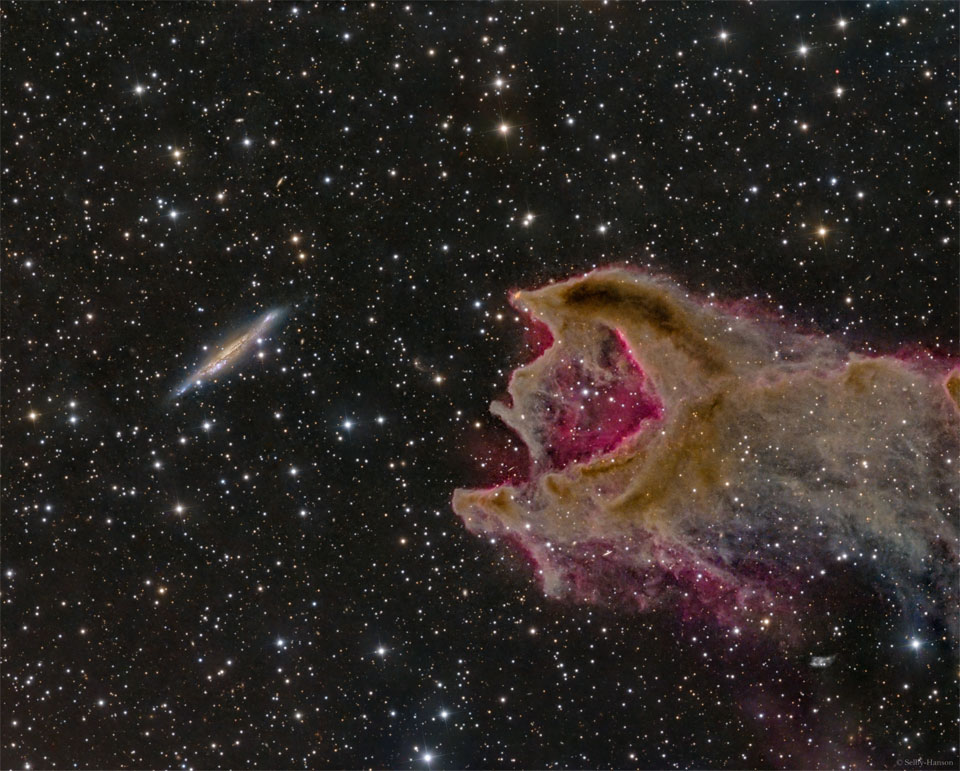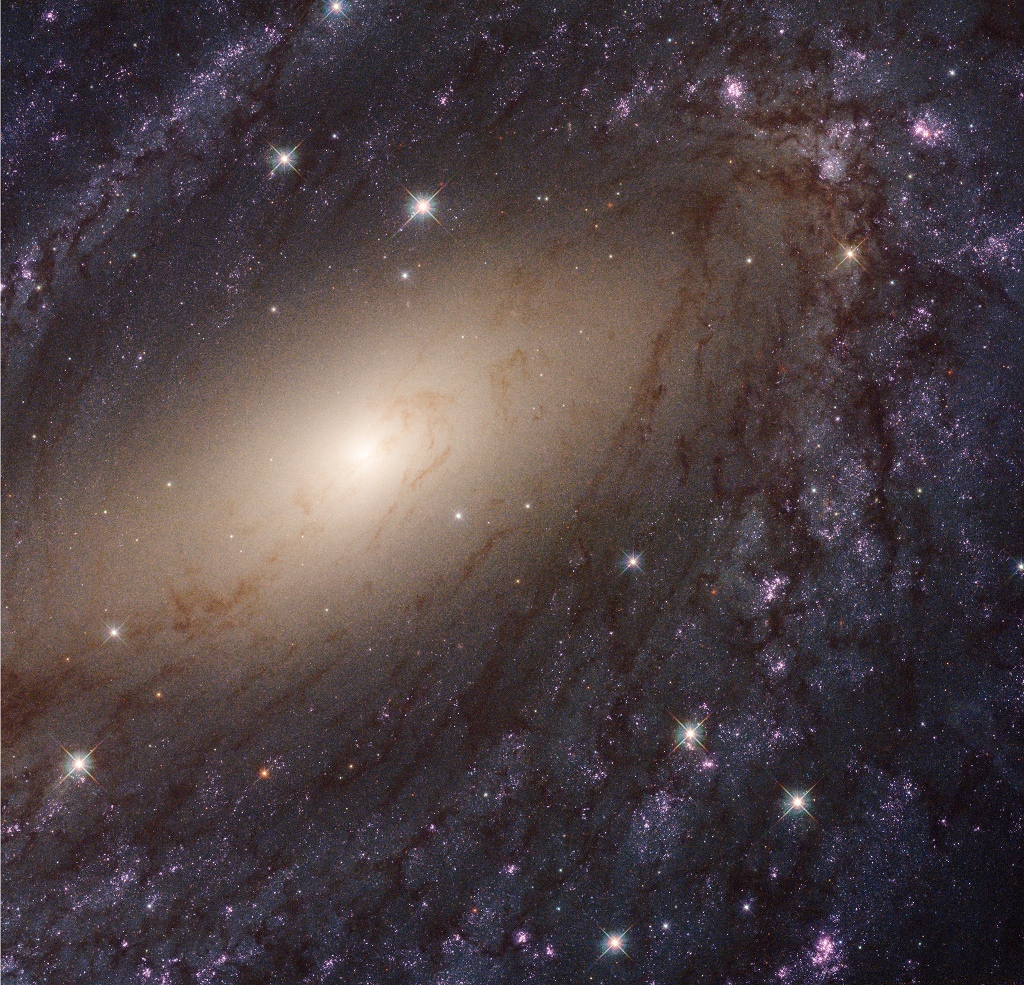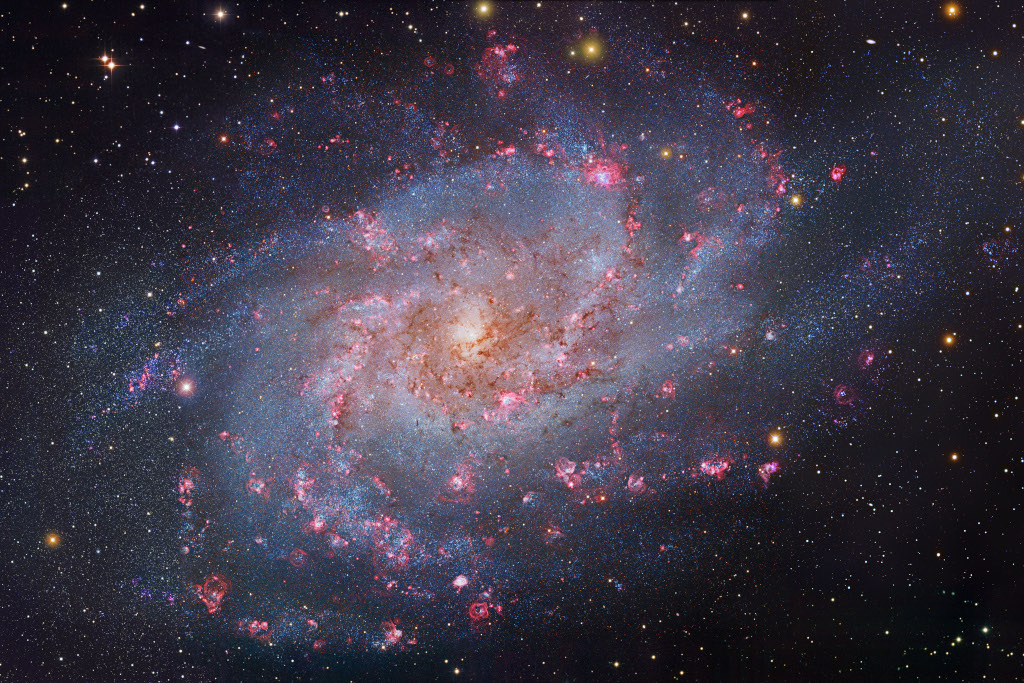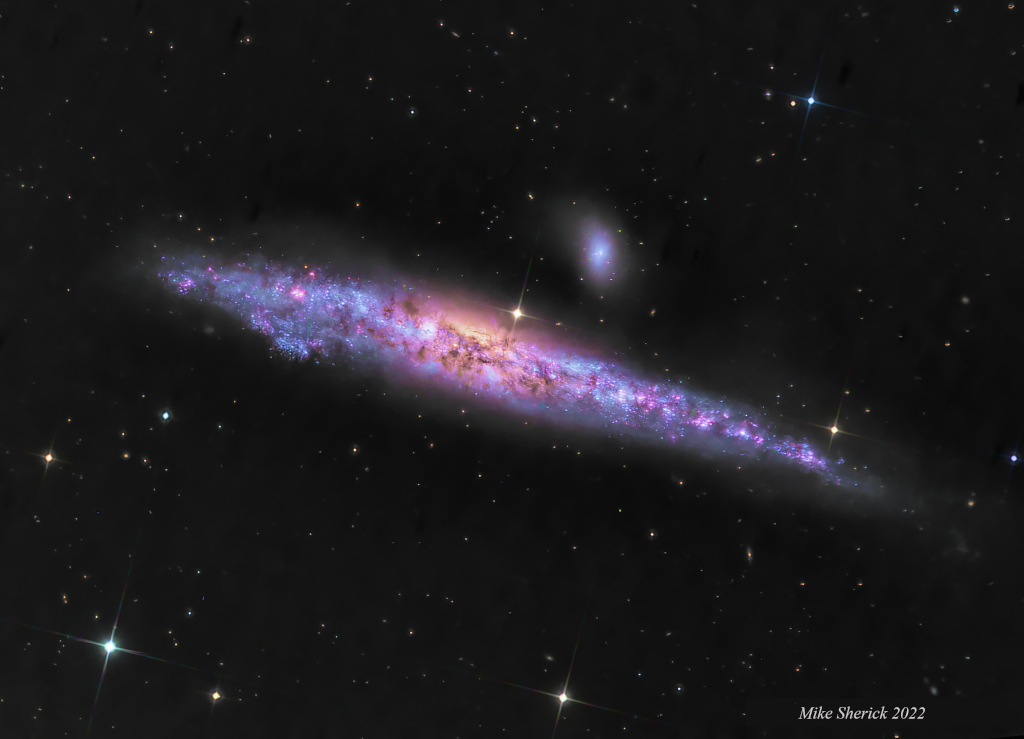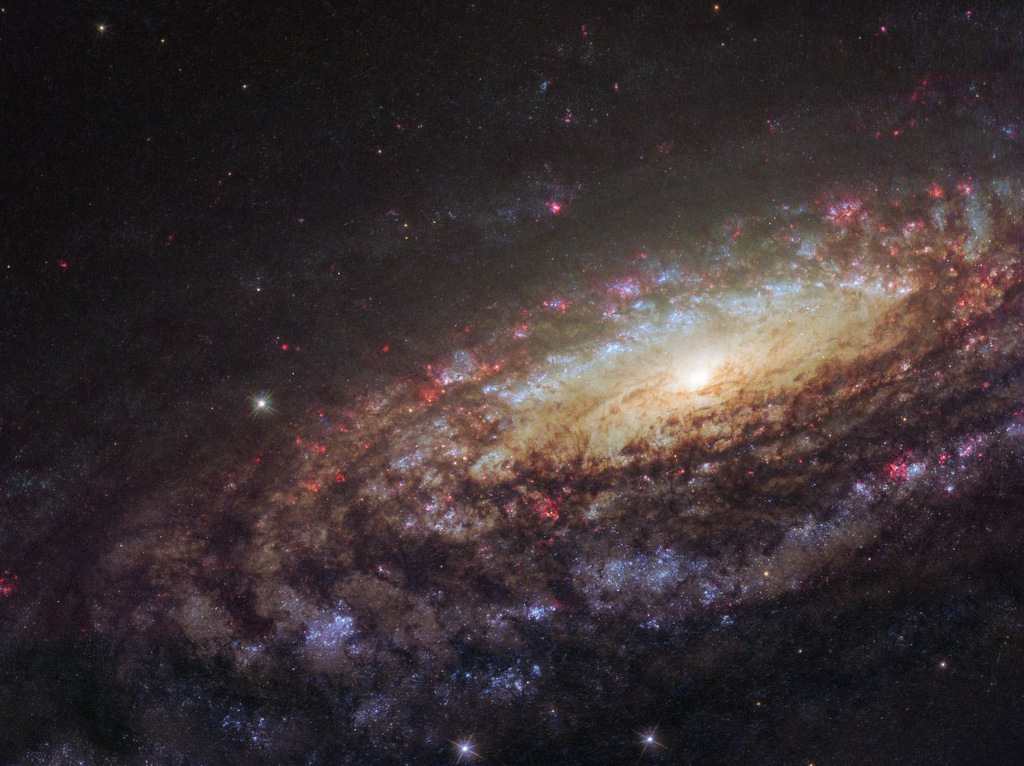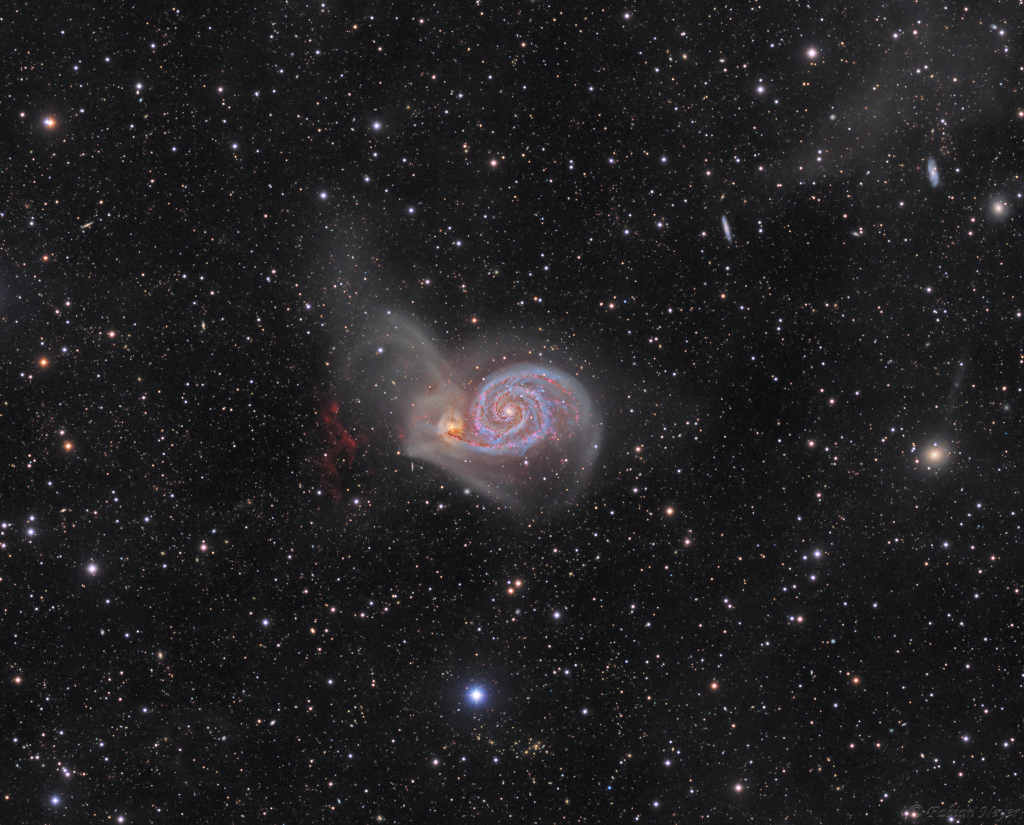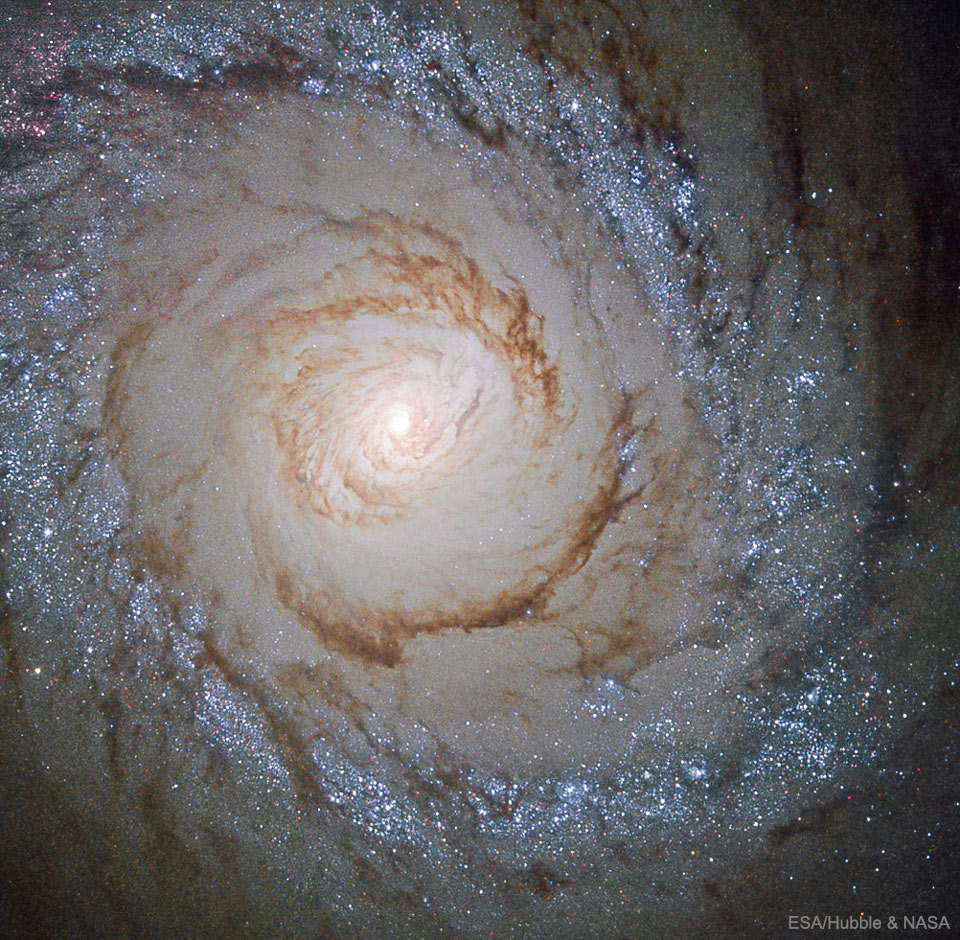韦伯图像: 棒旋星系NGC 1365
2023年2月18日 Barred Spiral Galaxy NGC 1365 from Webb Image Credit: NASA, ESA, CSA, Janice Lee (NOIRLab) – Processing: Alyssa Pagan (STScI) Explanation: A mere 56 million light-years distant toward the southern constellation Fornax, NGC 1365 is an enormous barred spiral galaxy about 200,000 light […]

